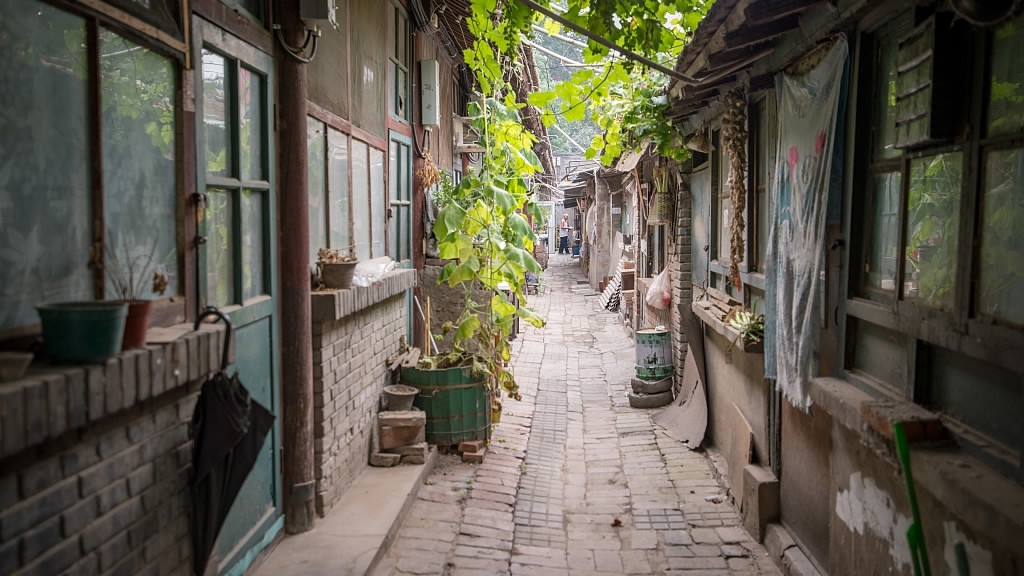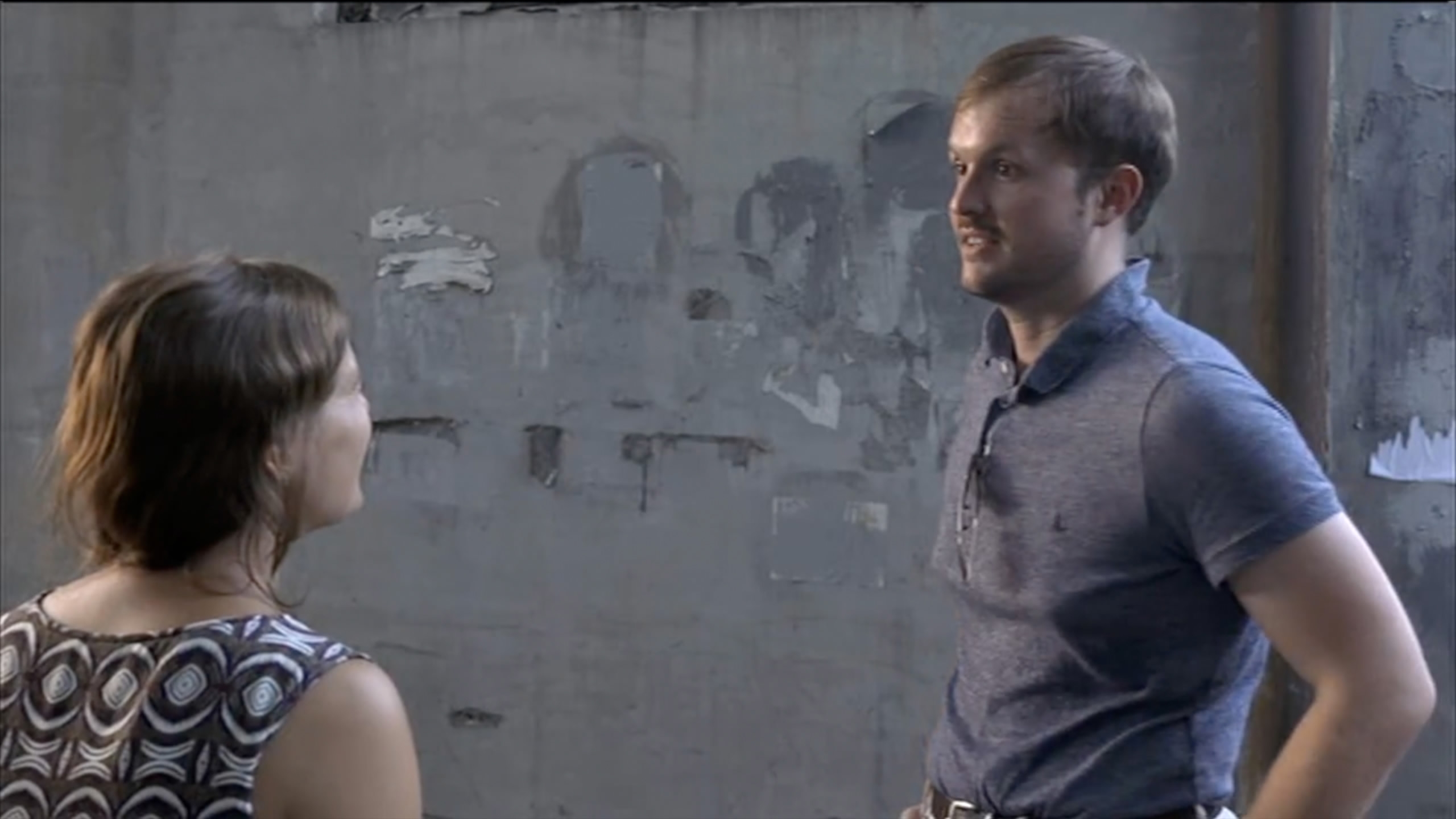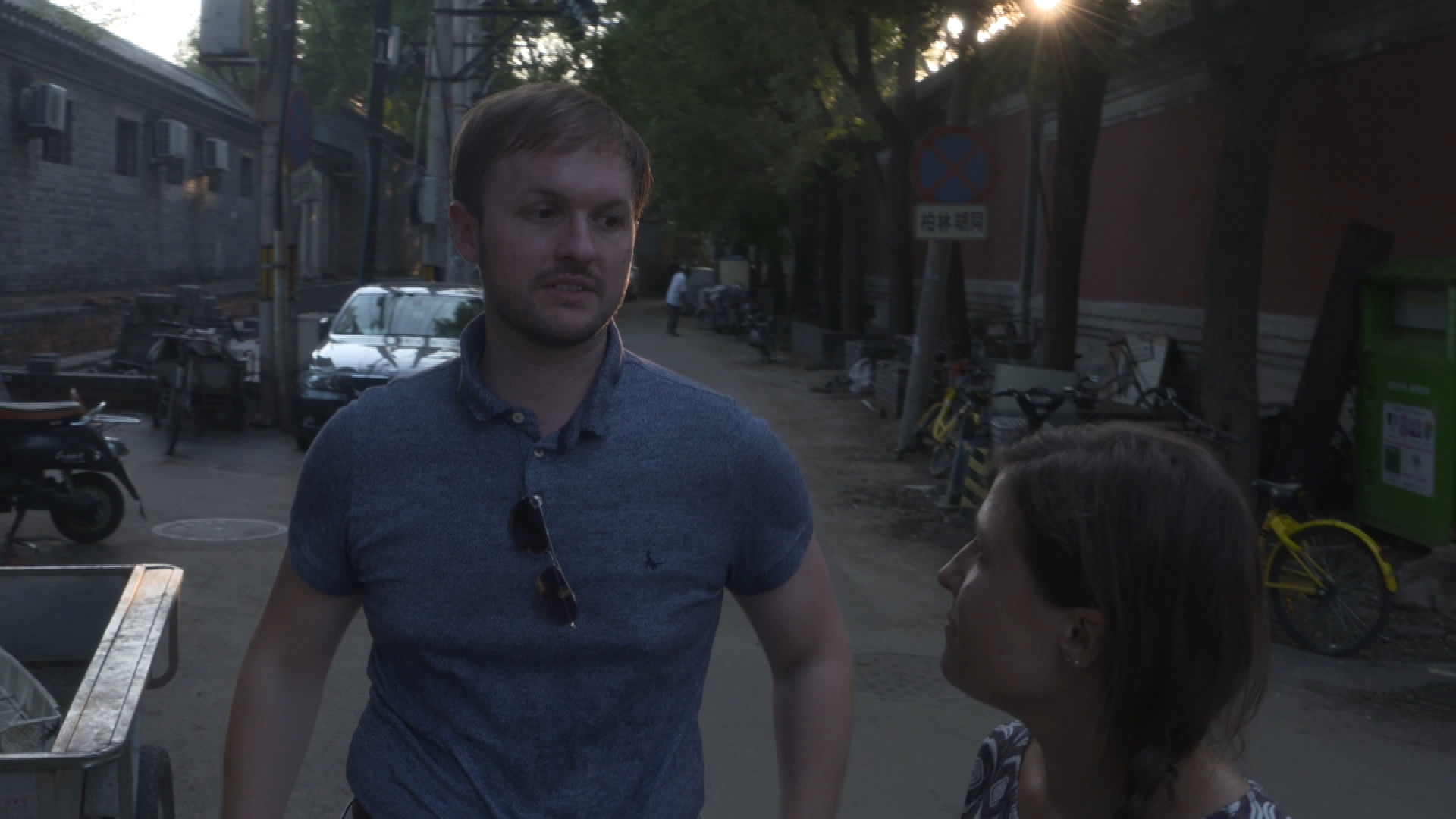
China
15:39, 04-Jan-2018
Of pigeons and whistles: International hutong living
CGTN

By Laura Schmitt and Zhou Xi
Beijing’s hutongs are one of the city’s most unique architectural characteristics. These narrow alleyways are lined by siheyuan – quadrangle courtyard houses with an outdoor space at their center.
The word hutong is believed to come from Mongolian, and originally meant “water well”. Both the term and the structure first appeared in the Yuan dynasty in the 13th century. These days, hutongs are a tourist attraction. But to some expats, they are a place to gain an authentic taste of Beijing life.
Jack and Eddie live in a hutong close to Beijing’s Beixinqiao subway station. They moved here at the end of 2015, and while now they couldn’t imagine giving up their cozy home, British national Jack’s initial impression of hutong life was far from positive.

“My first experience with hutong living was when I first moved to Beijing in 2008 and a friend of mine came up to me super excited,” Jack recalls. “He said ‘I’ve found a hutong. I live in a hutong.’ So I went to visit him in his house, which was a single room that he’d rented that was part of another family’s house. It was just one room, a bed... He’d installed a basin, a hotplate… It was freezing cold all the time. He had to share a toilet, he had to share a bathroom, and I was sort of thinking, ‘Oh, this is why people tell me, never live in a hutong, because this is the sort of life that people have’.”
While this first experience initially put Jack off, when another friend moved into a full siheyuan courtyard two years later, the beautiful design won him over.
“It was very modern and it was warm in winter and cool in summer, and I was thinking, ‘Oh, so it’s just a question of how you use the space’.”
The couple finally moved into their hutong home two years ago and they haven’t looked back. While Eddie, a keen gardener, can live out all his green-fingered dreams in their outdoor space, Jack loves to explore the local area. One of his favorite aspects of hutong life is the pigeons.

Jack describes his love of hutong life. /CGTN Photo
Jack describes his love of hutong life. /CGTN Photo
“Pigeon fancying goes back to the Ming Dynasty and beyond in China, but it’s a real feature of life in the hutongs, and has been for centuries. And the sound of pigeons gobbling away, but also flying in circles in the morning and in the evening, is one of the things I like the most. It’s an integral part of life here, people just keep pigeons on their roofs. That’s what you do, if you’re retired, and people are hugely proud of them, and rightly so.”
“In the old days,” he explains, “they used to have little porcelain whistles that they attached to the pigeons’ feet and made a whirring sound as they flew. And those whistles are getting harder and harder to find, but the pigeons are still here and long may they stay.”
Rediscovering China is a 30-minute feature programme offering in-depth reports on the major issues facing China today. It airs on Sunday at 10.30 a.m. BJT (02.30 GMT), with a rebroadcast at 11.30 p.m. (15.30 GMT), as well as on Monday at 8.30 a.m. (00.30 GMT) and Friday at 1.30 p.m. (05.30 GMT).
2km

SITEMAP
Copyright © 2018 CGTN. Beijing ICP prepared NO.16065310-3
Copyright © 2018 CGTN. Beijing ICP prepared NO.16065310-3